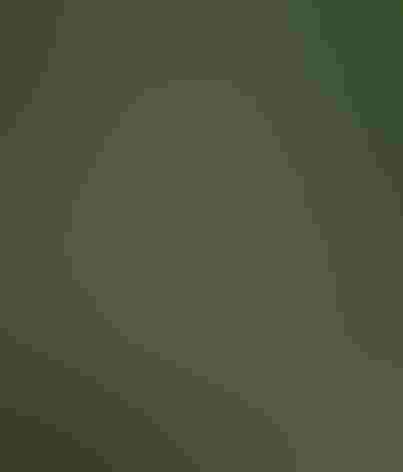Short-tailed Hawk
At a Glance
This rather small tropical hawk enters our area only in Florida. Even there it is uncommon, with widely scattered pairs nesting along the edges of woods in the central part of the state. It seldom perches in the open; when hunting, it regularly soars very high, where it may go unnoticed by the observer on the ground. Unlike most of the Buteo hawks, the Short-tail feeds mostly on small birds, dropping from the sky to take them by surprise.
All bird guide text and rangemaps adapted from Lives of North American Birds by Kenn Kaufman© 1996, used by permission of Houghton Mifflin Harcourt Publishing Company. All rights reserved.
Category
Hawk-like Birds, Hawks and Eagles
IUCN Status
Least Concern
Habitat
Coasts and Shorelines, Forests and Woodlands, Freshwater Wetlands, Saltwater Wetlands, Shrublands, Savannas, and Thickets
Region
Florida, Southwest, Texas
Behavior
Flap/Glide, Soaring
Range & Identification
Migration & Range Maps
Pairs nesting in southern Florida may be permanent residents, but those from northern Florida winter in southern part of peninsula. Migration is late in fall, early in spring. Birds from Mexico have very rarely strayed north to Texas.
Description
16" (41 cm). W. 35 (89 cm). A rather small and compact buteo with a big-headed look (despite name, does not look especially short-tailed). Two color morphs, differing in color of underparts and wing-linings: black or white. Both morphs are blackish on back and head and have the flight feathers of wings and tail gray with darker bars. Light morph has noticeable black hooded effect.
Size
About the size of a Crow, About the size of a Mallard or Herring Gull
Color
Black, Brown, Gray, White, Yellow
Wing Shape
Broad, Fingered, Long, Rounded
Tail Shape
Rounded, Square-tipped
Songs and Calls
A high-pitched squeal, kleeeea, dropping in pitch at end; usually silent away from nest.
Call Pattern
Falling, Simple
Call Type
Scream
Habitat
Pines, wood edges, cypress swamps, mangroves. Main feature of habitat in Florida is presence of open country next to woodland. Trees involved may be pines, cypress, mangroves, or mixed swamp forest, but must have large expanses of open prairie, farmland, or marsh nearby. In tropics, found in similarly semi-open country, in both lowlands and mountains.
Sign up for Audubon's newsletter to learn more about birds like the Short-tailed Hawk
Behavior
Eggs
2, sometimes 1-3. White to pale bluish white, sometimes with brown spots. Incubation is apparently only by female, about 34 days. Male brings food to female during incubation period.
Young
Female remains with young most of the time while they are small; male brings food, and female feeds it to young. Development of young and age at first flight not well known.
Feeding Behavior
Searches for prey mainly in flight, rarely from a perch. Often appears to hang motionless in the air, or glides very slowly into the wind. Dives steeply after prey is spotted. Mostly attempts to catch birds perched in tops of trees or shrubs.
Diet
Mostly small birds. In Florida, eats birds ranging in size from small songbirds up to Mourning Dove and Sharp-shinned Hawk. Occasional items in diet (in Florida and elsewhere) include snakes, lizards, tree frogs, rodents, insects.
Nesting
Breeding behavior not well known; has been studied mostly in Florida, not much in wide tropical range. In spring, male displays over nesting territory with aerial acrobatics, alternately climbing and swooping, flying in high circles, diving headfirst. Nest site is in tree, especially pine or cypress, usually higher than 25' and often near top of tree but under canopy of foliage. Nest is bulky platform of sticks, twigs, Spanish moss, often with leafy green branches added for lining. Male brings most material, female builds nest.
Conservation
Conservation Status
Very uncommon in Florida (perhaps fewer than 500), but numbers probably stable. May be increasing in Mexico, and now showing up more often in the southwestern U.S.
Climate Threats Facing the Short-tailed Hawk
Choose a temperature scenario below to see which threats will affect this species as warming increases. The same climate change-driven threats that put birds at risk will affect other wildlife and people, too.






